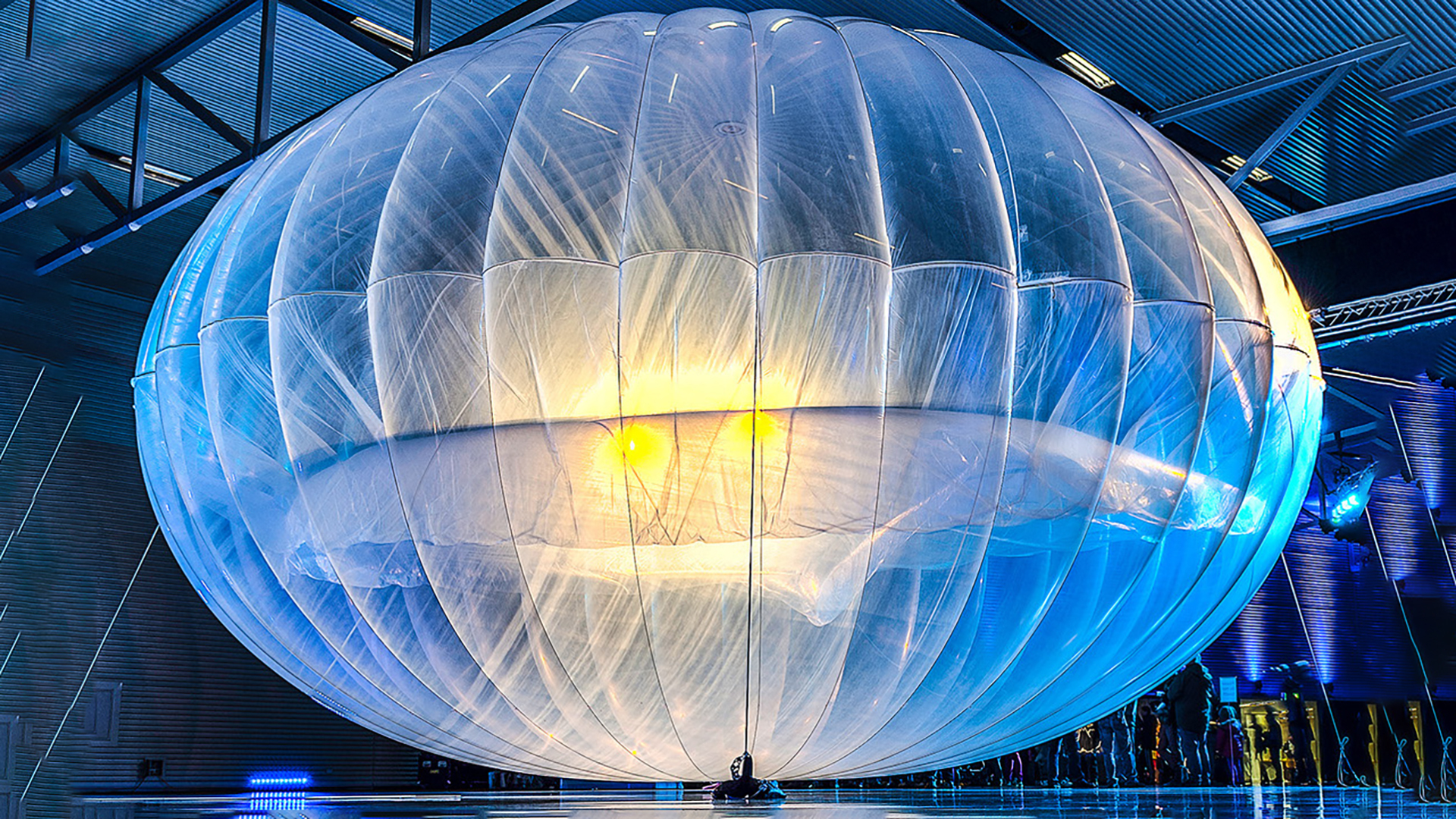Eliminating pandemic-led digital divide in learning
7 December 2020 — Written by Reyan Mishra

Is it a standstill? Quite so for students with no internet access. Let’s unearth it to learn how.
Per a Social Consumption Expenditure report rolled out by NSS for the year 2017-18, only 23.8 % of Indian households had access to the Internet. Even worse, when we only consider households with students enrolled in schools, the number crashes down to head-spinning 12.5%. The scenario is not so bright three years later when a bulk of the education system is contingent on the internet in order to merely carry on functioning. No-access is just one of tons of issues that learners are facing – as a matter of fact, even those with internet connectivity are having to struggle with a poor speed which is putting the development of learners on a slow-junction.
Quacquarelli Symonds (QS) reported earlier this year that over 50% of individuals with broadband setups experience irritatingly poor speed. An excerpt of the report reads, “Although, due to the outbreak of COVID-19, the world had witnessed a massive shift from the traditional Face to Face (F2F) to the online platform as a mode of delivery of classes. Due to lack of proper infrastructure, a shift to a total reliance on the online platform for the delivery of lectures seems to be a distant dream.”
The future of children and learners can’t be left hinging on how tech-infrastructure turns out. No time! To assist, there are strategies that may prove to be instrumental in helping authorities to deal with this daunting threat to the overall education regime.
Subsidize the Internet: It is just as simple as it sounds. Slashing the price of the internet may actually be of great assistance to low-, mid-income families with 2 or more children to teach. Countries like Croatia and Egypt have urged their telecom companies to provide internet to students for free of cost until they get back to their physical classrooms. Besides, a string of other countries is waiving off the internet charges for learners – making an attempt to enhance the functioning in these difficult times.
Google’s Loon Balloon: It is almost impractical to lay down new network towers everywhere there is a connectivity issue immediately. Google’s innovation may help. Loon LLC which is a subsidiary of Alphabet Inc. which is Google’s parent company specializes in providing rural and remote areas with internet access. Loon balloons house 4G base stations that float in the airspace – and help regions inaccessible by towers get the connectivity. Kenya is already experimenting with loon balloons to smoothen e-learning for its learners.
Teach with TV: The internet is of use only when students have a device to run it on. The mega problem: many households that hover around the poverty line don’t own a smartphone. But they may have a television. Even if it sounds strange, the likelihood of a low-income household having a tv is way more than that of a smartphone. In such a case, lessons on tv make the most sense. Tv channels may run educational programs for students whose course is standard and predefined. For example, the course of a commerce student of CBSE board can be taught on tv - one chapter after another, one subject after another. Classroom feel on the reel!
Micro-schooling: This last option is being tested in many western and a few Asian countries. It’s simple and comprehensible - a small portion of students go to school, they learn and they come back. As they are back, another section makes a move for school. Under proper pandemic protocols, this method is safe, more effective than e-learning, and eliminates the adversity brought up by the digital divide.
The pandemic has already taken so much away from society and technology is a boon. At the same time, not everyone is capable of affording the conveniences offered by technology leading to equality being severely endangered. Authorities ought to try all means even if it requires a hit-and-trial approach so that learners don’t pay the hefty price of the pandemic.
What are your thoughts? Tell us in the comments below. Stay tuned for more articles on inclusiveness in education this December on theBeyond 8 blog.